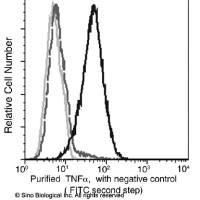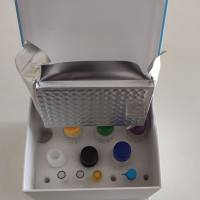Electroporation-Mediated Gene Transfer to the Developing Mouse Inner Ear
互联网
454
The mammalian inner ear forms from a thickened patch of head ectoderm called the otic placode. The placodal ectoderm invaginates to form a cup whose edges cinch together to establish a fluid-filled sac called the otic vesicle or otocyst. The progenitor cells lining the otocyst lumen will give rise to sensory and non-sensory cells of the inner ear. These formative stages of inner ear development are initiated during the first week of postimplantation embryonic development in the mouse. The inaccessibility of the inner ear in utero has hampered efforts to gain insight into the molecular mechanisms regulating essential developmental processes. An experimental embryological method to misexpress genes in the developing mammalian inner ear is presented. Expression plasmid encoding a gene of interest is microinjected through the uterine wall into the lumen of the otocyst and electroporated into otic epithelial progenitor cells. Downstream analysis of the transfected embryonic or postnatal inner ear is then conducted to gain insight into gene function.









